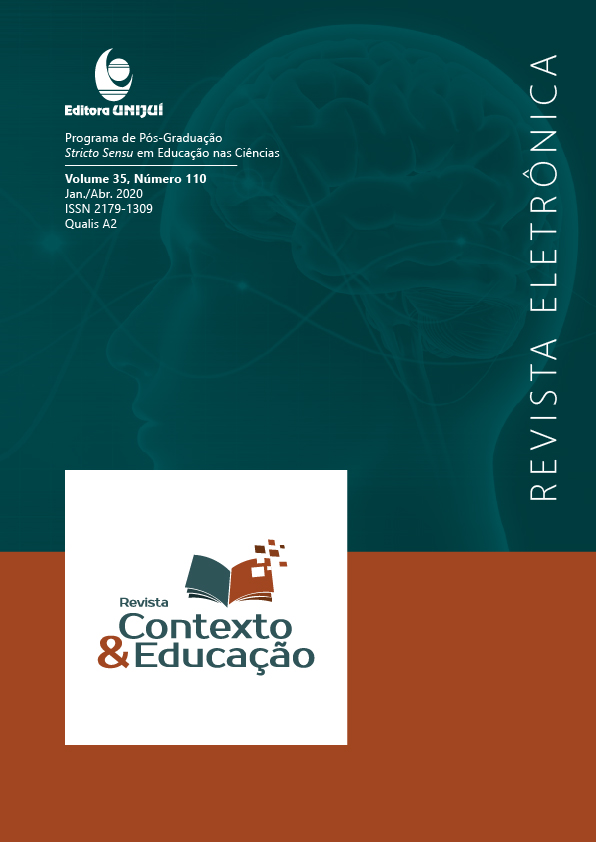O TRABALHO DE CAMPO EM GEOGRAFIA COMO INSTRUMENTO DE ENSINO: REVISITANDO A CAPITAL FEDERAL E SUAS TRANSFORMAÇÕES ESPACIAIS
DOI:
https://doi.org/10.21527/2179-1309.2020.110.293-308Keywords:
Brasília. Aula de campo. Prática pedagógica.Abstract
Fieldwork in Geography contributes to the improvement of students' abilities in reading and interpreting documents and geographic and / or cartographic instruments, such as maps and letters, allowing students the opportunity to combine theoretical concepts with practice. The objective of this work is to understand the importance of the fieldwork for the teaching of geography from the student perceptions of a field work carried out in Brasília / DF, with students of the Technical Course in Administration of the National Program of Integration of Basic Education with Professional Education in the Youth and Adult Education Mode - PROEJA - of the Goiano Federal Institute, Rio Verde Campus. The results of the work allowed the students to understand the formation of Brasilia, considered a park city, from four different scales: a) bucolic; b) a monumental; c) the residential; and, d) the gregarious.
Downloads
Published
How to Cite
Issue
Section
License
By publishing in Revista Contexto & Educação, authors agree to the following terms:
All works are published under the Creative Commons Attribution 4.0 International License (CC BY 4.0), which allows:
Sharing — to copy and redistribute the material in any medium or format;
Adaptation — to remix, transform, and build upon the material for any purpose, even commercially.
These permissions are irrevocable, provided that the following terms are respected:
Attribution — authors must be properly credited, a link to the license must be provided, and any changes made must be indicated.
No additional restrictions — no legal or technological measures may be applied that legally restrict others from doing anything the license permits.
Notices:
The license does not apply to elements that are in the public domain or covered by legal exceptions.
The license does not grant all necessary rights for specific uses (e.g., image rights, privacy, or moral rights).
The journal is not responsible for the opinions expressed in the articles, which are the sole responsibility of the authors. The Editor, with the support of the Editorial Board, reserves the right to suggest or request modifications when necessary.
Only original scientific articles presenting research results of interest that have not been previously published or simultaneously submitted to another journal with the same purpose will be accepted.
Mentions of trademarks or specific products are intended solely for identification purposes and do not imply any promotional relationship by the authors or the journal.
License Agreement (for articles published from October 2025): Authors retain the copyright to their article and grant Revista Contexto & Educação the right of first publication.


